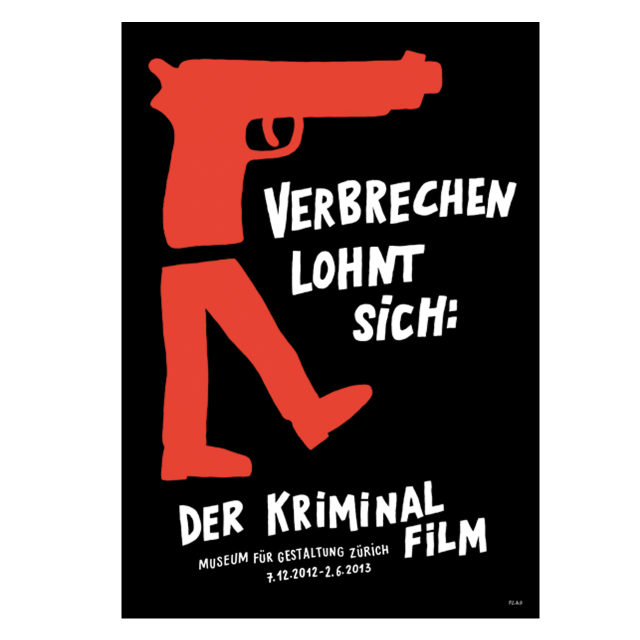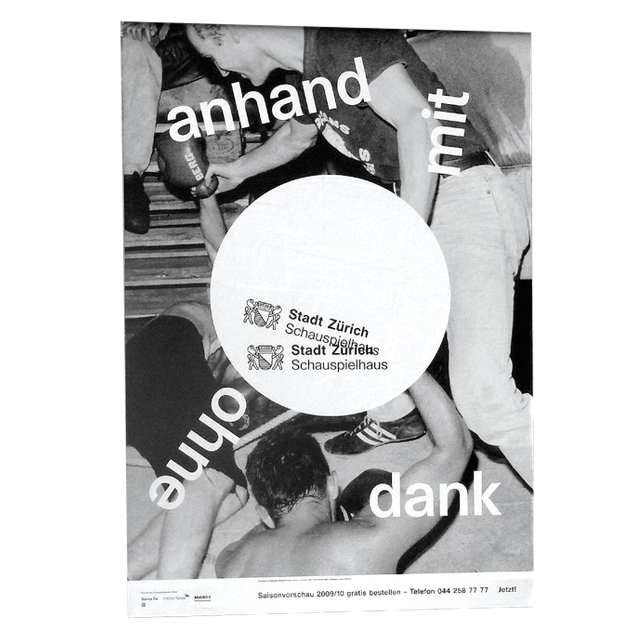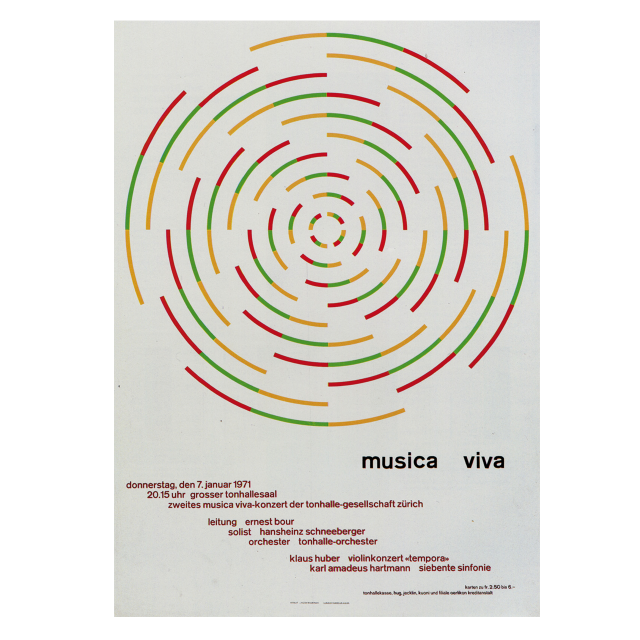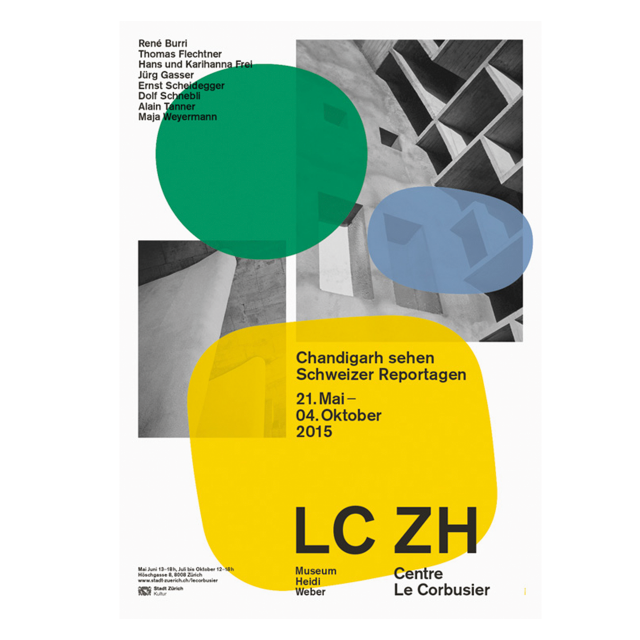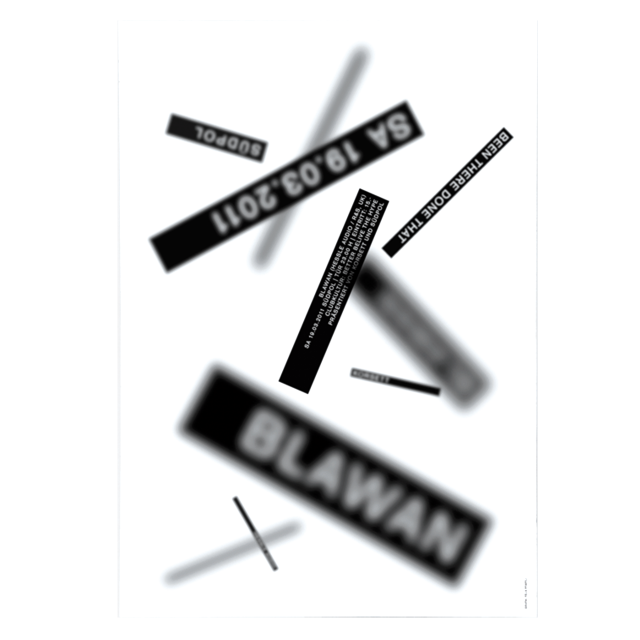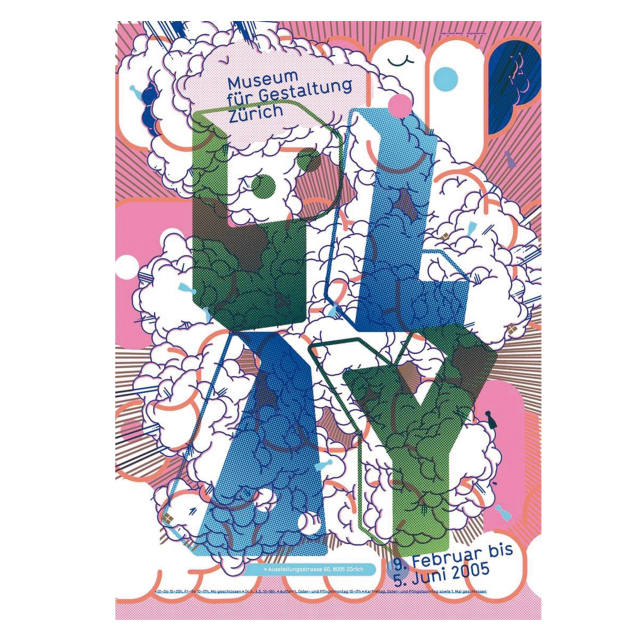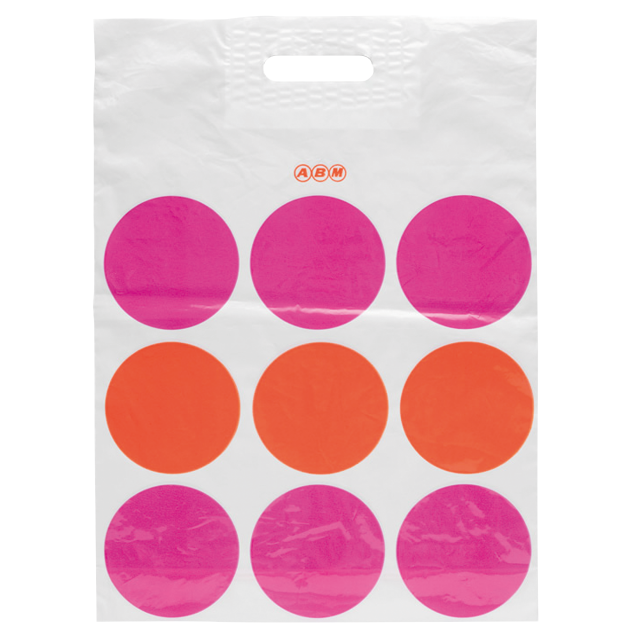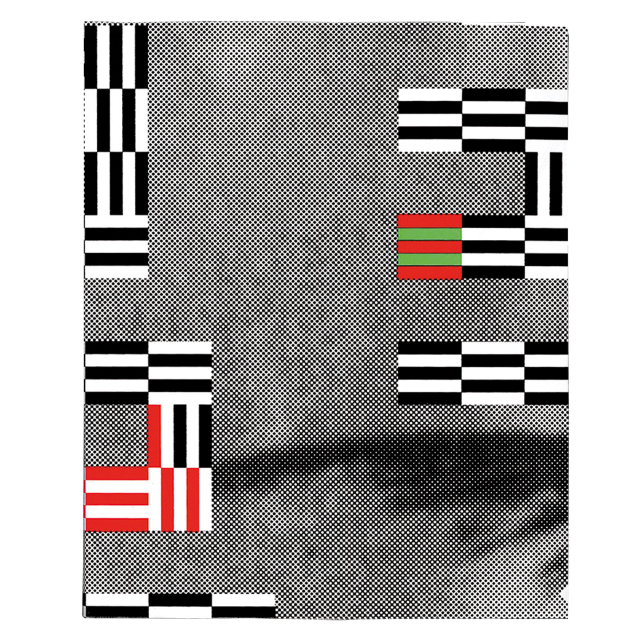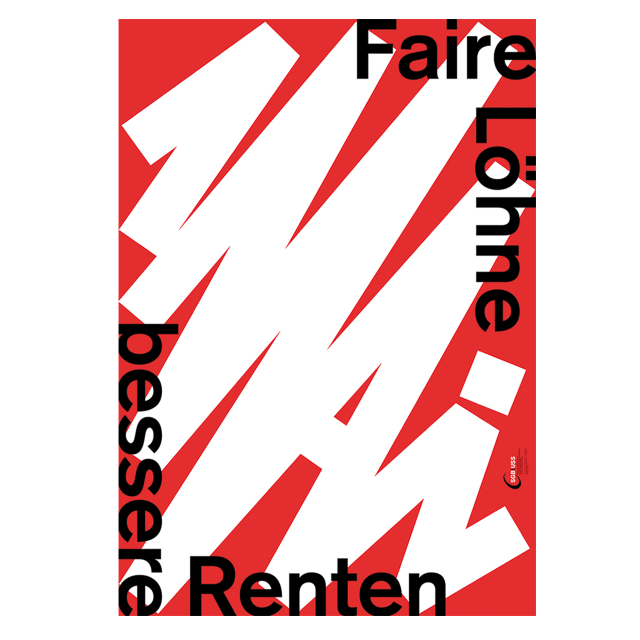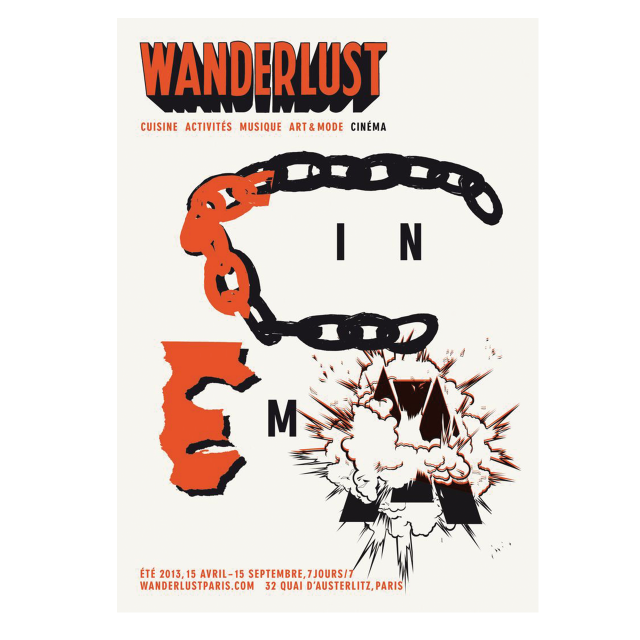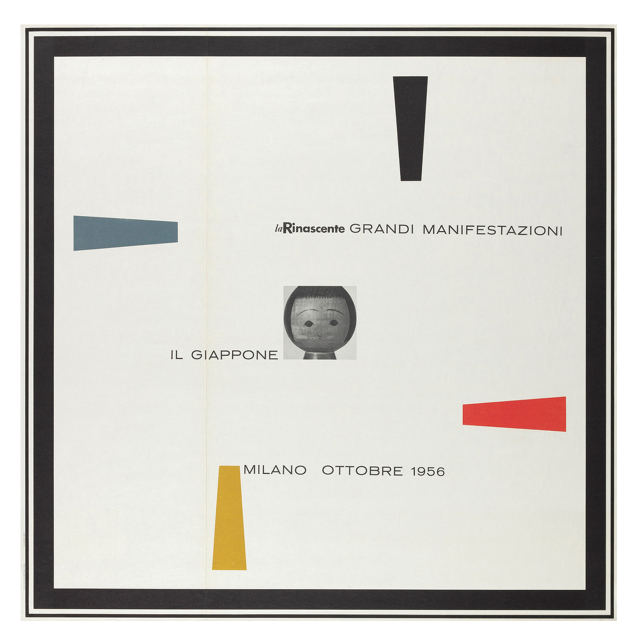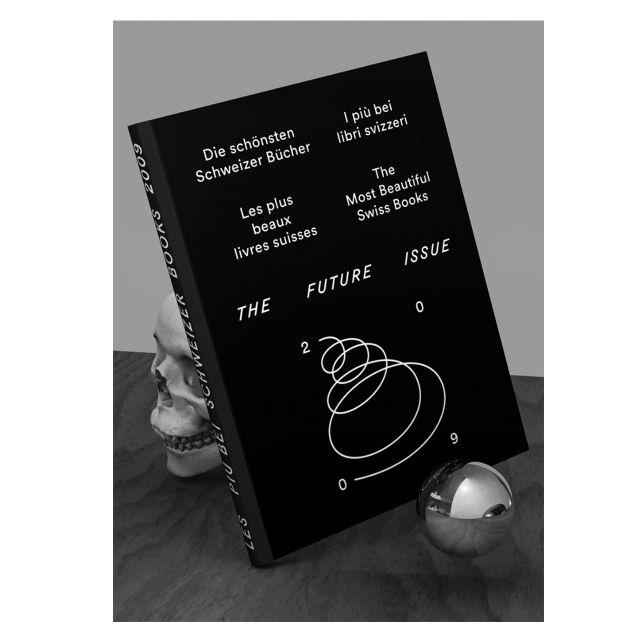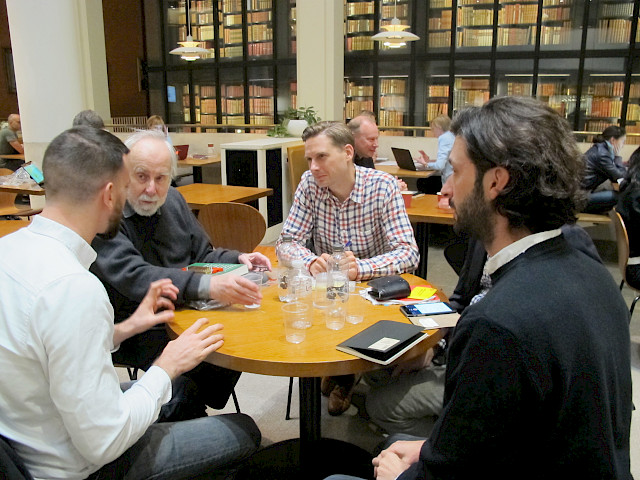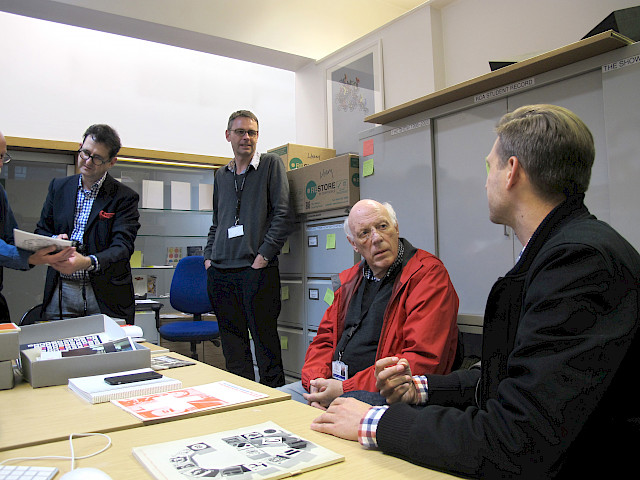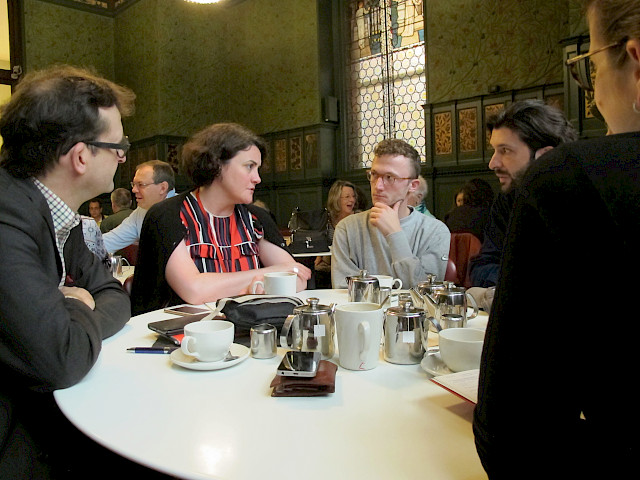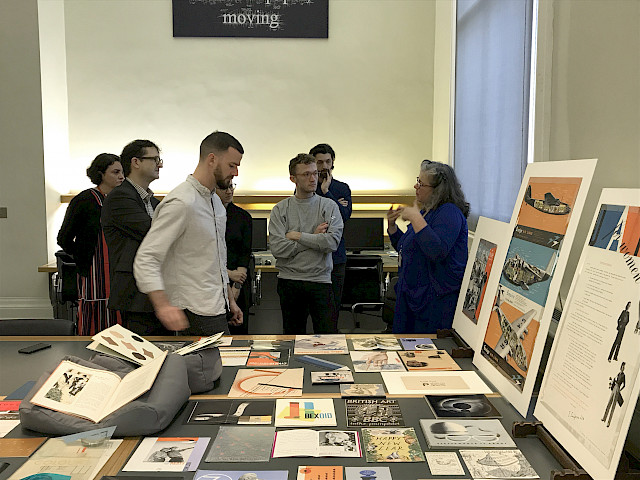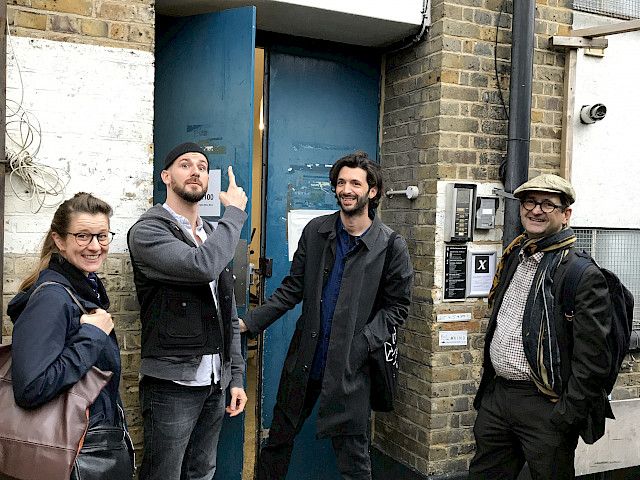Swiss Graphic Design: a British invention?
Graphic design and typography from Switzerland have always been under close inspection by practitioners in Great Britain. The role of these connections in spreading the brand Swiss Graphic Design across the English-speaking countries is obvious. The question could even be posed whether the phenomena of Swiss Graphic Design is as much an English invention as a Swiss self-definition.
Jan Tschichold had been called by Ruari McLean to design for Penguin from 1947 to 1949. The English typographer Anthony Froshaug had been corresponding with Max Bill. Richard Hollis had invited Emil Ruder to teach in Bristol at around 1964. Herbert Spencer named his daughter Mafalda after the wife of Rudolf Hostettler. The first issue of Eye magazine included an extensive interview with Bruno Monguzzi. And until recently the only available texts addressing the phenomenon of a specific typography and graphic design from Switzerland had been primarily described by British practitioners and writers. Robin Kinross included a chapter on ‘Swiss typography’ in his 1992 book Modern typography and Richard Hollis published a rich overview in 2006 titled Swiss Graphic Design. The Origins and Growth of an International Style. The role of these connections in spreading the brand Swiss Graphic Design across the English-speaking countries is obvious. The question could even be posed whether the phenomena of Swiss Graphic Design is as much an English invention as a Swiss self-definition – just as the Alps as a hiking and tourist paradise originally was a concept thought out by British adventure seekers.
The researchers of sub-project C, which focuses on the dissemination of Swiss Graphic Design through journals, publications and exhibitions, took to a first-hand inquiry and spent one week (17 – 22 October 2017) in London to meet and exchange with critics, researchers, archivists and designers. After all, the discipline of Design History and Graphic Design History, in particular, has a much more established form in the United Kingdom than in Switzerland. The conversations circulated around questions such as: How much did British practitioners and experts help to define and disseminate the label of Swiss Graphic Design? (Very much.) Through which channels did they learn about design from Switzerland and how influential were exhibitions (not so much), journals and publications (very much) in that respect? And how were the networks established between designers in the UK and on the continent? (The Grand Tour of British graphic designers through Switzerland deserves special mention.) How did graphic design evolve as a discipline in the UK and how was the industry involved in education?
These and other questions were discussed with design curator and historian Emily King, graphic designer and historian Richard Hollis, Richard Doust (senior tutor at RCA School of Communication), Jeremy Ainsley (professor for Design History at University of Brighton and Chair of the Design History Society), the editorial team of Eye magazine, Catherine Ince (senior curator at V&A Design and Architecture), printing historian James Mosley, David Beck (Head of Culture at the Embassy of Switzerland in the United Kingdom), graphic designer John Morgan, and Michael Twyman, Eric Kindel, Gerry Leonidas, Christopher Burke, professors and researchers at the Department of Typography and Graphic Communication at University of Reading. Thank you for this inspiring and insightful week!


